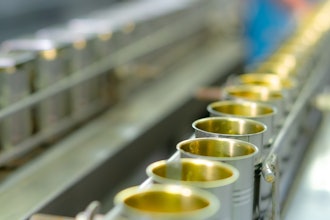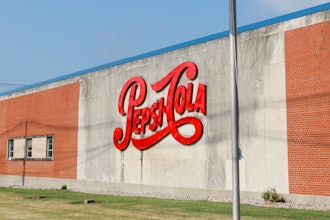Last year, an explosion at the Didion Milling Plant in Cambria, WI killed five workers and injured 14 other employees. The accident more or less reduced the facility to rubble.
In November, OSHA said that the explosion was likely caused by an accumulation of highly combustible grain dust. According to a new report from the Associated Press, moments before the explosion ripped through the mill, a corn grinder began belching flames out of an air intake line that were three-to-four feet long.
The report stems from information gathered by the U.S. Chemical Safety and Hazard Investigation Board which interviewed 10 employees who survived the blast. According to the interviews, employees began smelling smoke about 15-30 minutes before the blast. Workers went to inspect the corn grinder as a potential source after an air filter flew off of the device and filled the air with corn dust.
According to the report, a superintendent was moments from sounding the evacuation alarm, but he was too late and subsequently knocked to the ground by the blast. The report stopped short of exposing the root cause of the explosion, however officials at Didion are cooperating with the investigation to hopefully determine the cause.
According to a recent white paper from Vac-U-Max, manufacturers often lack knowledge about combustible dusts and the potential impact of those dusts on their business. Almost every organic product is combustible, and the biggest mistake that many companies make is assuming that, because their plants have been in operation for years without accidents, that they are in compliance and safe.
Six years ago, Didion was reprimanded by federal safety inspectors for not taking precautions against dust explosions.
According to the dust collection equipment specialists at Camfil, equipment such as dust collectors can be combined with high-efficiency filtration to mitigate explosion risk at facilities.
Didion was cited 19 safety violations and about $1.8 million in fines. The company is fighting some of the citations.






















